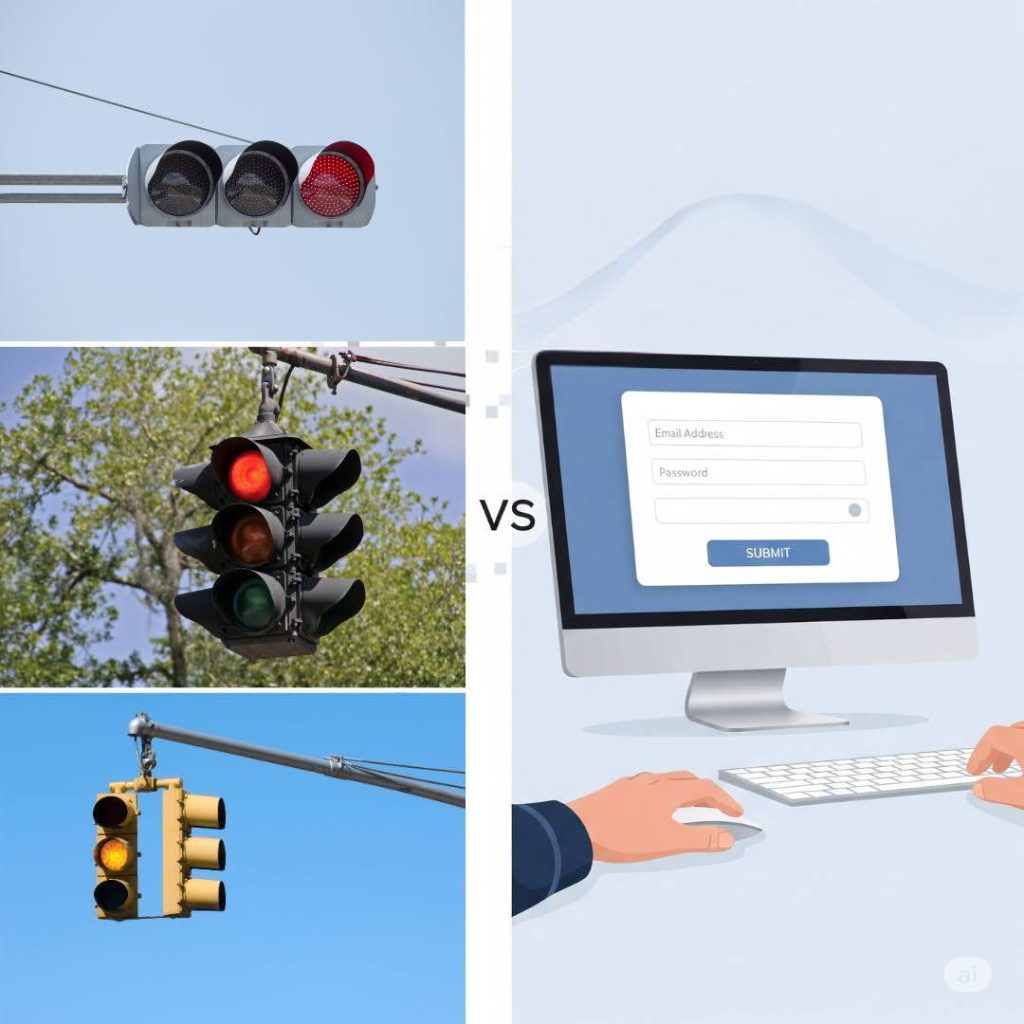The Case for Invisible Security in Web Forms
Because friction shouldn’t be your anti-spam strategy
Introduction: Why This Article Matters
If you’re using CAPTCHAs to fight spam on your forms, you’re not alone. But you might be losing conversions without realizing it.
Here’s what this post will cover:
- Why traditional anti-spam tools are outdated
- The hidden cost of form friction
- How invisible form security works
- A simple solution you can install today
Let’s dive in.
🧨 Why CAPTCHAs Are Hurting Your Funnel (Not Helping It)
CAPTCHAs were designed to stop bots.
The problem? They now also stop humans.
Stats show:
- Mobile users are 3x more likely to abandon forms with CAPTCHAs
- Conversions drop by up to 30% depending on CAPTCHA type
- Bots are solving CAPTCHAs using machine learning — often faster than humans
You’re losing good leads while still letting bad ones through.
🛠️ What “Invisible Security” Really Means
Instead of asking users to prove they’re human, invisible security evaluates their behavior in the background.
This includes:
- Time-to-fill measurement — bots move faster than humans
- Mouse/touch engagement tracking — humans interact differently
- Device fingerprinting — spam networks often reuse browser environments
- Known spam network databases — block known offenders before they submit
Users don’t see anything. Bots hit a wall.
📊 Real-World Example: Results from a Client Test
One company switched from reCAPTCHA to an invisible scoring system on all landing pages. Here’s what happened:
| Metric | Before (with CAPTCHA) | After (invisible filter) |
| Form Completion Rate | 41% | 62% |
| Spam Submissions | 18.5% | 1.2% |
| Mobile Bounce Rate | 34% | 21% |
No code rewrite. No new landing pages. Just a new filter behind the scenes.
🤖 Why Bots Can’t Beat Behavioral Security (Yet)
CAPTCHAs rely on puzzles. Bots are now trained to solve puzzles.
Behavior-based scoring is different.
Bots can’t easily mimic:
- Natural hesitation
- Input sequence delays
- Erratic vs intentional mouse paths
- Focus-switching between fields
That’s what makes invisible spam filters so powerful: they don’t rely on the user to “do” anything.
✅ What You Can Do Today
If you want to reduce spam without hurting conversions, here’s what I recommend:
- Audit your forms — especially those with CAPTCHAs. What’s the abandonment rate?
- Check your CRM — how many submissions are clearly garbage?
- Test a behavioral anti-spam tool — especially one that doesn’t rely on puzzles or interaction.
There are a few on the market — including one I’ve seen quietly improve form performance across multiple industries.
If you want to skip the CAPTCHAs and still stay protected, check out Spamkill.
🔚 Final Thoughts
CAPTCHAs are yesterday’s fix.
Invisible security is today’s strategy.
If you’re optimizing traffic, UX, and CRO — but still using visible anti-spam tools — you’re leaking leads at the worst possible moment.
Your users deserve a clean, simple path.
Your team deserves real data.
And your funnel deserves better protection.
Start with the easiest upgrade: remove the obstacle, not the protection.

